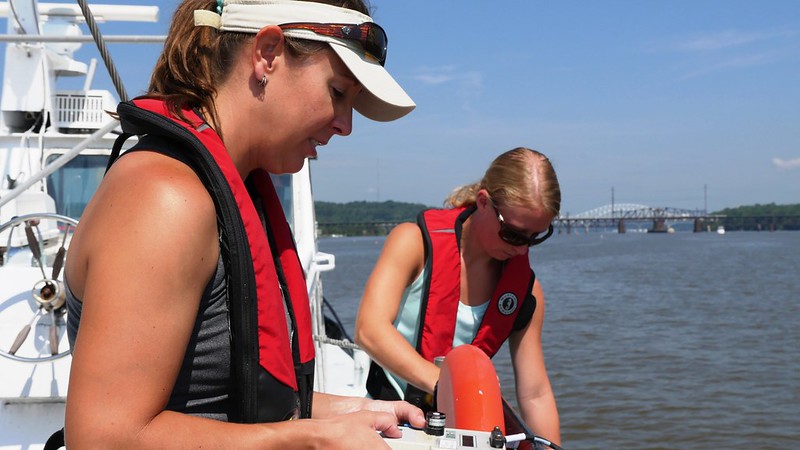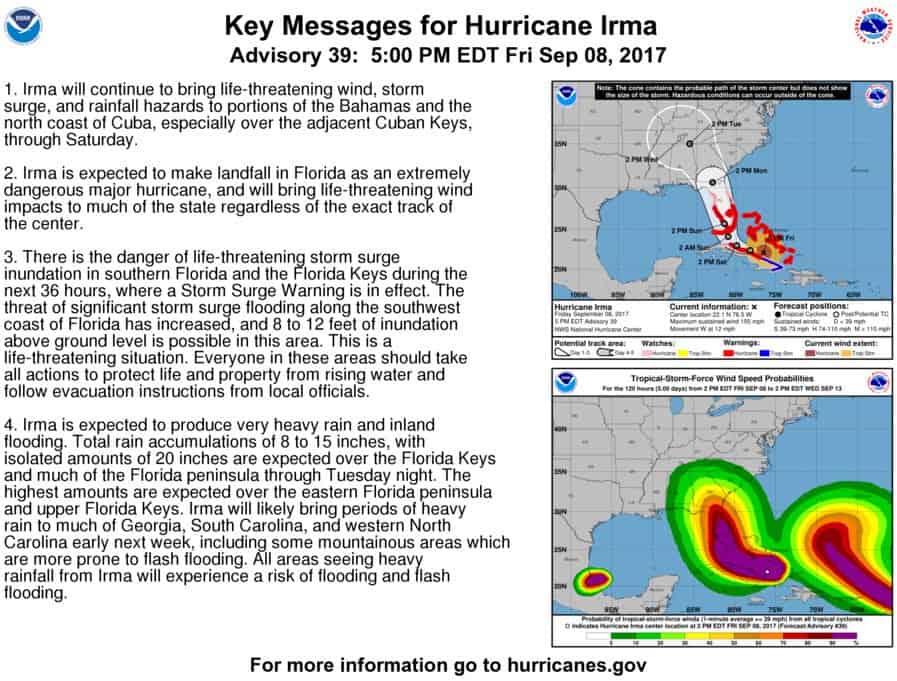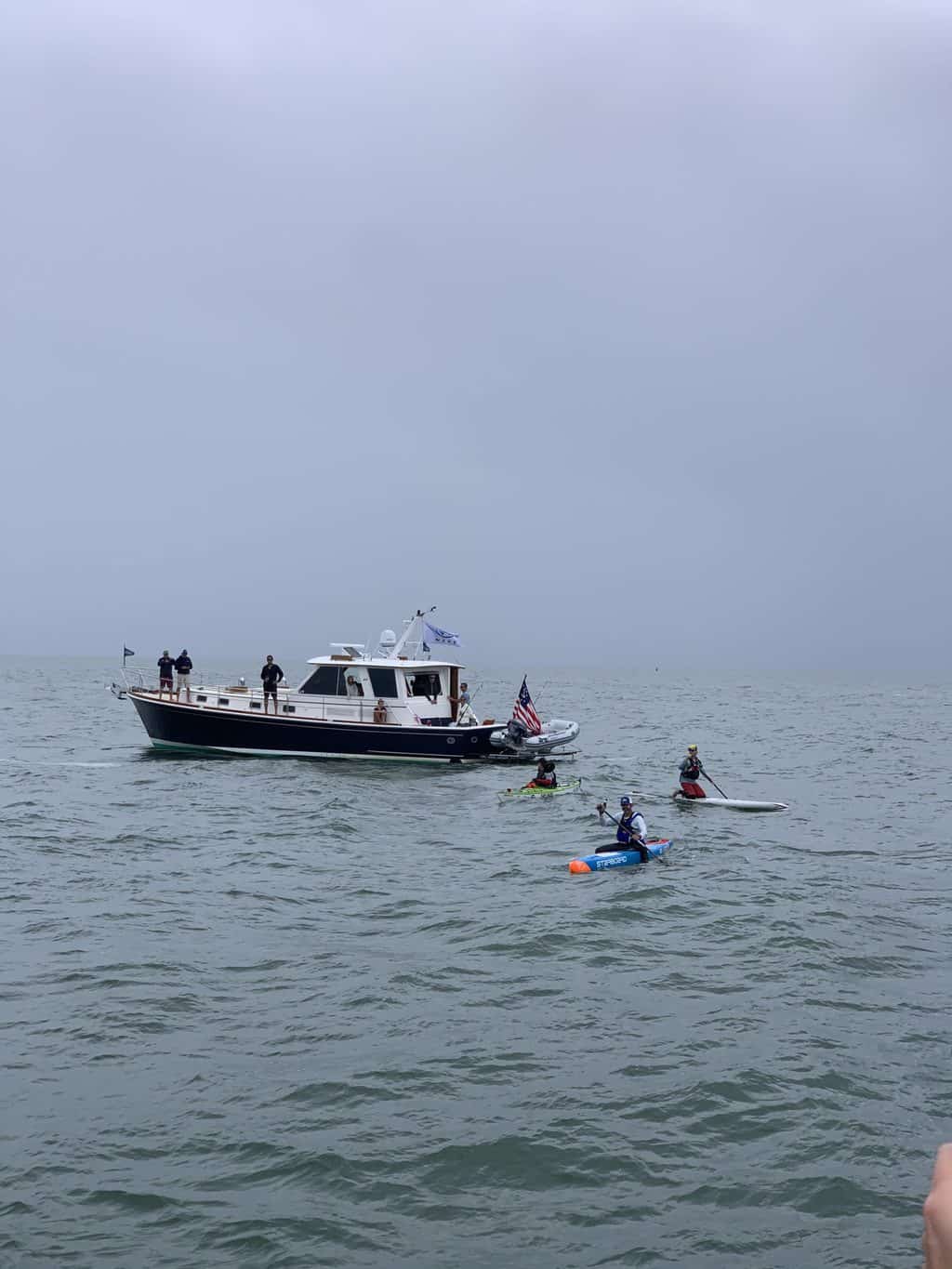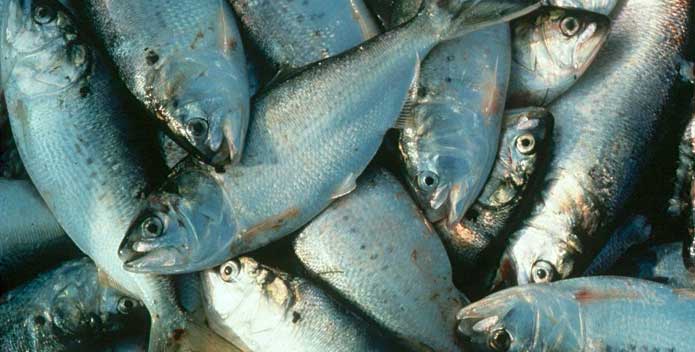The Chesapeake Bay Program released its annual report on the Chesapeake Bay’s “dead zone”—the area of little to no oxygen where Bay life struggles to survive that is caused by nutrient pollution. And while the size of the dead zone was average, it lasted longer into the fall than almost any other year.
The Bay Program says changing weather patterns played a big role. The smaller-than-average dead zone size measured during monitoring cruises from May-July is likely thanks to less springtime rainfall. Not as much nutrients and sediment washed down into the Bay.
However, late summer saw calm winds, hot weather, and increased rain. Temperatures in August and September were the fifth-hottest on record for that time period in Maryland. Conditions were perfect for the dead zone to grow larger and hang on longer. The September dead zone remained above average in size throughout the month and well into October, the report says.When all was said and done, the 2021 dead zone lasted longer than 89 percent of those recorded over the past 36 years the dead zone has been monitored.
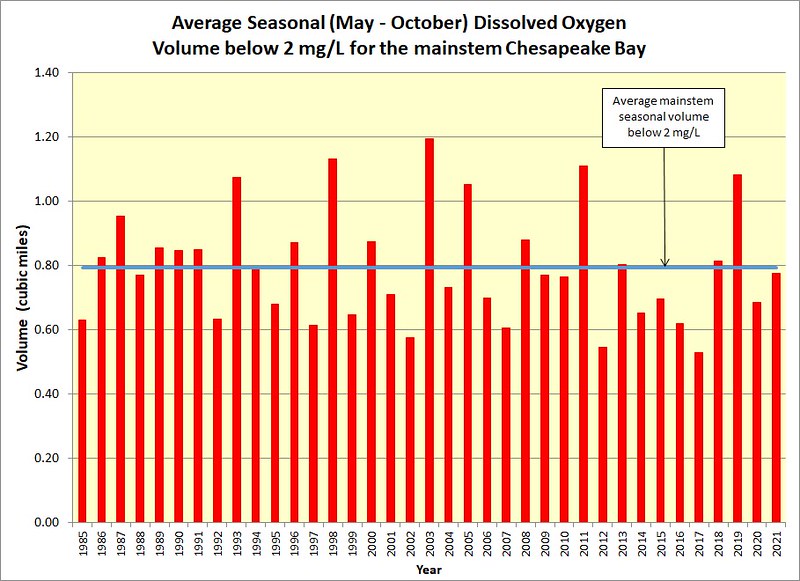
Graphic: DNR
Researchers track Bay oxygen conditions through the Chesapeake Bay Monitoring Program, a Bay-wide cooperative effort involving watershed jurisdictions, several federal agencies, 10 academic institutions and over 30 scientists. Monitoring cruises are carried out in Maryland and Virginia to track summer hypoxia in the Bay. Scientists at the Virginia Institute of Marine Science (VIMS) work with engineering company Anchor QEA on computer models that produce daily real-time estimates of dead zone size throughout the summer.
The dead zone forms in deep Bay waters when excess nitrogen and phosphorous enter the water in the form of polluted runoff. This spurs algae blooms, which eventually die and decompose, pulling oxygen from the surrounding waters. The resulting low-oxygen, or hypoxic, area is often too harsh for plants and animal life to survive.
As predicted at the beginning of the season, the dead zone was near average sized this year. “The general agreement between the multiple methods used to assess the size of this summer’s dead zone is reassuring”, said Dr. Marjy Friedrichs, research professor at the VIMS. “The relatively average dead zone size, despite warming summer temperatures, is a testament to the success of management actions that have reduced nutrients entering the Bay.”
But the lengthiness of the dead zone, extending well into the fall, is not reassuring. Warmer temperatures in August and September are part of our changing climate, and likely to continue.
“While the long-term trend is toward a reduction in hypoxia due to management actions taken throughout the watershed and airshed, warming from climate change is a headwind that may increase hypoxia’s duration and extent,” says Michelle Price-Fay, acting director of the Environmental Protection Agency’s Chesapeake Bay Program Office.
The Chesapeake Bay Foundation (CBF) says this year’s long-lasting dead zone is evidence that the Bay region is “significantly behind” in its efforts to reduce pollution and must also “accelerate efforts to reduce … the effects of climate change.”
CBF Director of Science and Agricultural Policy Beth McGee says in a statement, ““While the Bay states acknowledged the need to address climate change earlier this fall at the meeting of the Chesapeake Executive Council, that is not enough. The states and federal government must ramp up investments in practices that both reduce pollution and mitigate the damage from climate change.
McGee points out that the Bay’s dead zone causes damage to commercial and recreational fishing, and those who depend on aquatic life for their livelihoods. CBF calls for increased agricultural conservation practices to minimize farm runoff pollution, funding for which which could come from the federal Build Back Better legislation passed by Congress and currently in the Senate.
-Meg Walburn Viviano

